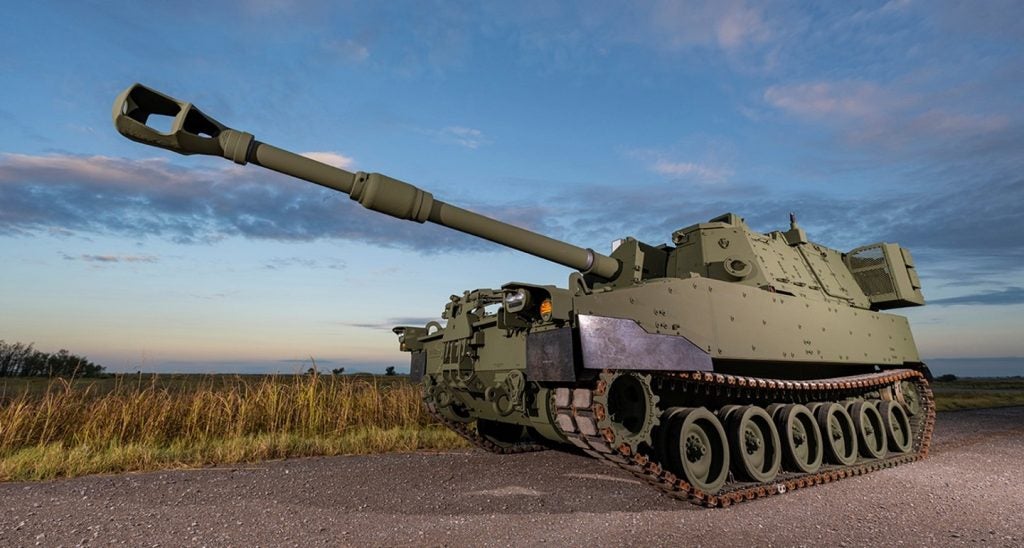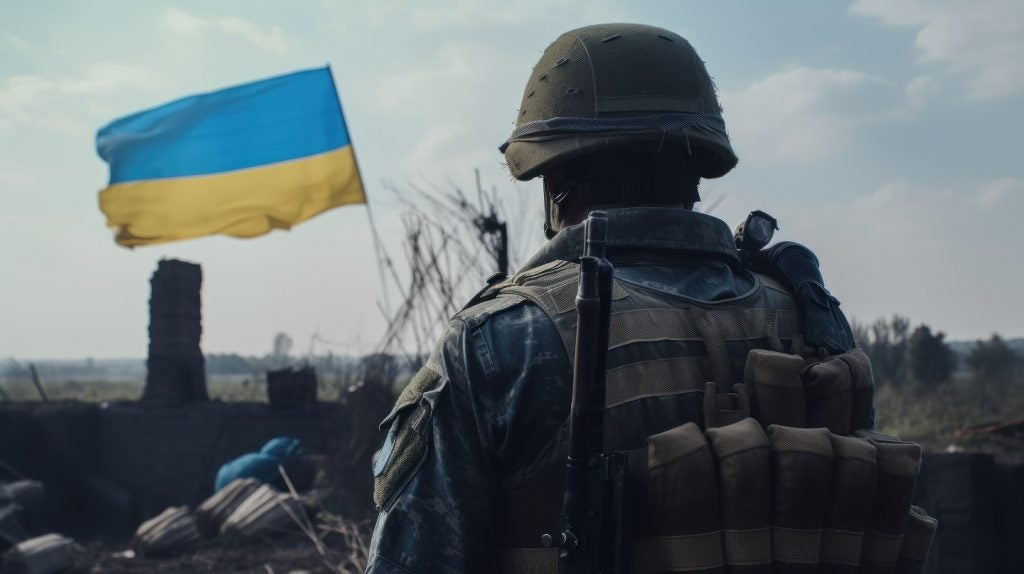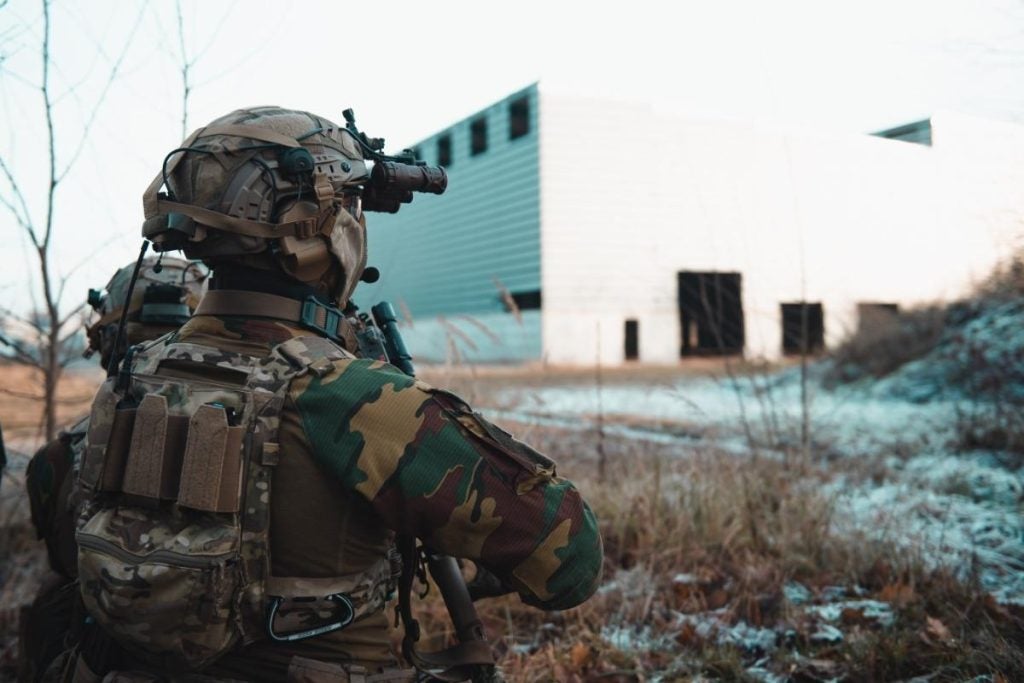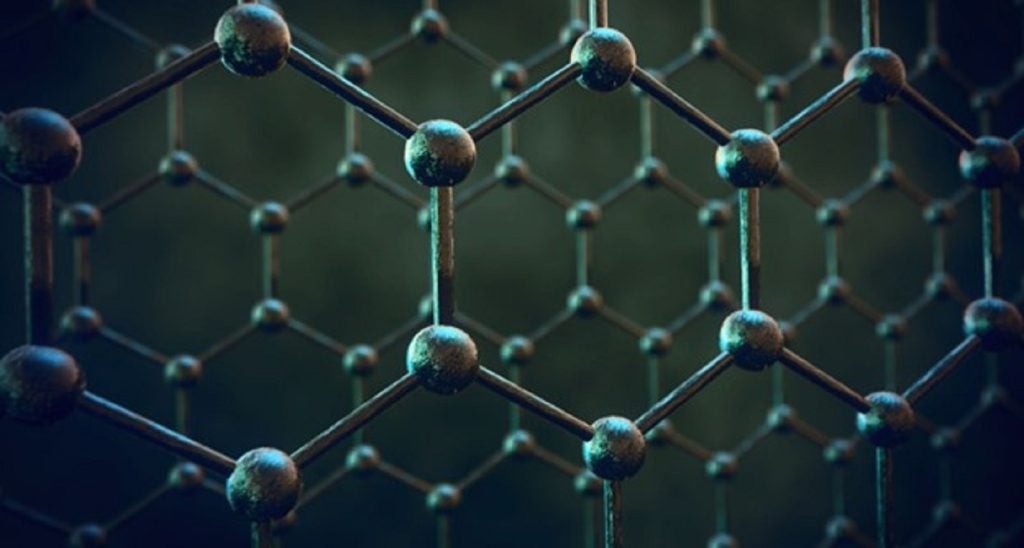The US Government has placed an order with BAE Systems to purchase additional M109A7 Paladin self-propelled howitzers and M992A3 ammunition carriers at a cost of $418m.
Having restarted the full-rate production of the armoured vehicles in June 2022, the US Army has continued to modify the contract to add scope to its growing inventory – providing an additional $64m funds to the manufacturer in November 2023.
BAE Systems received the intitial contract for M109A7 production in 2017. This latest order bring the total contract value to $2.5bn.
M109A7 Paladin features
The Paladin offers key fire support for a variety of potential combat missions conducted by the US Army’s Armored Brigade Combat Teams (ABCTs) in conventional, hybrid, irregular and counterinsurgency combat environments.
The vehicle is controlled by a crew of four and has an overall length of 9.7 metres (m), width of 3.9m, height of 3.3m and maximum gross weight of 35,380 kilogrammes. It features digital backbone architecture and incorporates an on-board digital fire control system to provide fire mission and compute firing data to the M109A7 cannon system.
The Paladin M109A7 artillery system is armed with a 155 milimetre (mm) M284 cannon with an M182A1 gun mount and an automated loader. The 155mm artillery system can fire at a sustained rate of one round a minute whereas the maximum rate of fire is four rounds a minute. The system has a range of 22 kilometres (km) with standard projectiles and 30km with rocket-assisted projectiles.
“This contract furthers our commitment to helping the US Army meet its mission needs,” stated Dan Furber, director of ground vehicle production for BAE Systems’ combat mission systems business. “The battlefield is constantly changing, but the ABCT can feel assured in the indirect fire support capability this vehicle provides.”
The M109A7 programme has an improved commanlity across the Army’s Armoured Brigade Combat Teams that eases the logistics burden and reduced operational sustainability costs.
Fitting into the US Army’s future armoured force
However, during the International Armoured Vehicles conference last week, US Army spokespeople noted the attempt to reshape its mechanised forces in the coming decades, emphasising the need for greater digitalisation and common system architecture.
Although the Paladin is nearly a decade old, it features a digital backbone and a common systems architecture.
These attributes allow for various technology upgrades amenable to the US Army’s future plans for at least the next fifty years; in the same way the Army will continue to employ the Bradley infantry fighting vehicle or the Abrams SEPv3 main battle tank, besides new platforms such as the XM30 combat vehicle.












